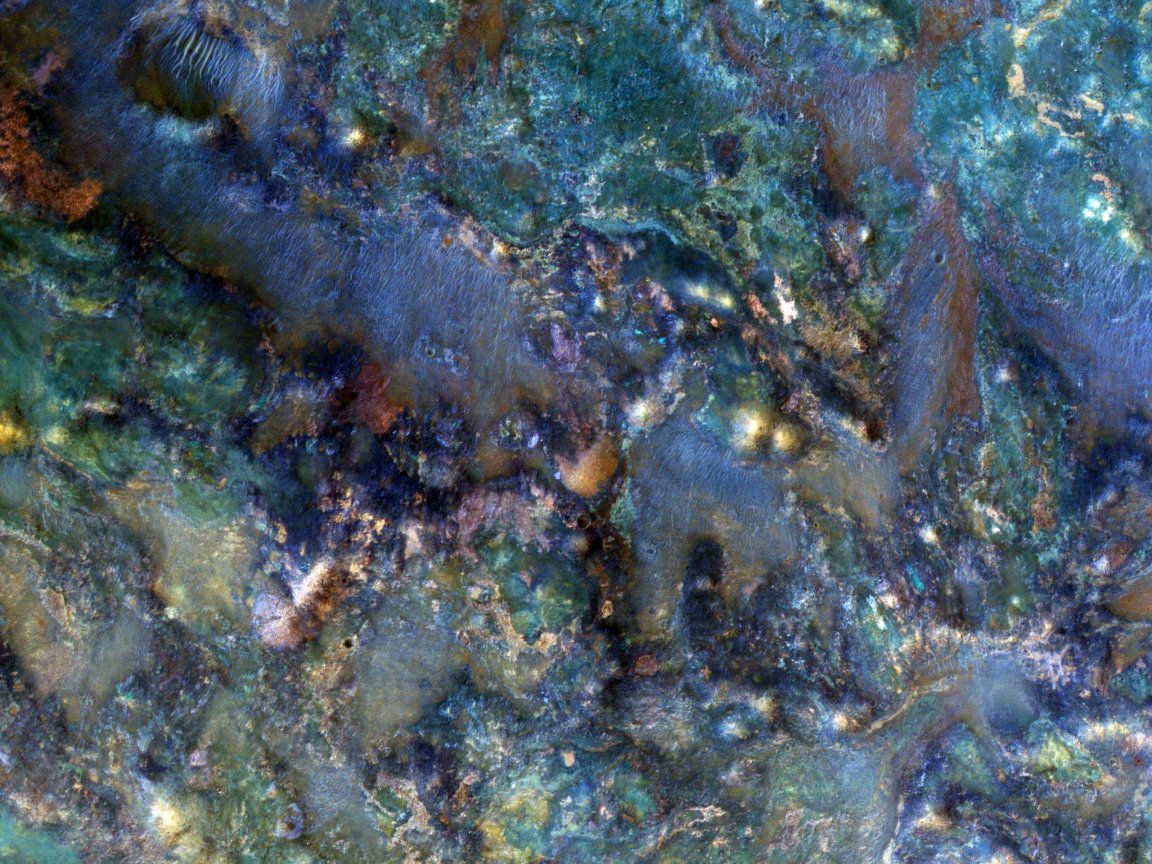
Detecting Boron
The Mars rover has detected the element boron on the Red Planet. This discovery offers scientists more insight into whether life could ever have existed on Mars.
“Because borates may play an important role in making RNA — one of the building blocks of life — finding boron on Mars further opens the possibility that life could have once arisen on the planet,” Patrick Gasda, Los Alamos National Laboratory postdoctoral researcher and lead author, told Phys.org. “Borates are one possible bridge from simple organic molecules to RNA. Without RNA, you have no life. The presence of boron tells us that, if organics were present on Mars, these chemical reactions could have occurred.”
Scientists have hypothesized that strands of RNA might have made up the first proto-life, which could replicate itself, passing on the genetic information it contained. Ribose, a sugar, is a key ingredient of RNA, but is unstable and quickly decomposes in water, requiring a stabilizing element. Boron becomes borate when it is dissolved in water, enabling it to react with ribose and create RNA.
“We detected borates in a crater on Mars that’s 3.8 billion years old, younger than the likely formation of life on Earth,” Gasda told Phys.org. “Essentially, this tells us that the conditions from which life could have potentially grown may have existed on ancient Mars, independent from Earth.”

The rover found the boron in calcium sulfate mineral veins, which indicates the boron was present in Mars groundwater. This also means that some of Gale Crater’s groundwater was habitable, with neutral-to-alkaline pH, and temperatures of 0 to 60 degrees Celsius (32 to 140 degrees Fahrenheit).
Curiosity’s Travels
The Curiosity rover’s ChemCam (Chemistry and Camera) instrument detected the boron as the rover climbed a mountain, searching for chemical evidence of how ancient underground water features and surface lakes evolved to become more or less favorable for microbial life. The rover has discovered more boron and clay as it has progresses uphill, revealing patterns in the deposition of sediments over time and the interactions of those layers of sediment with groundwater.
As yet, no persuasive evidence for Martian life has been found, but Curiosity has already determined that the Gale Crater area was once a habitable environment. The Mars 2020 rover will continue the search for signs of past life on the planet.